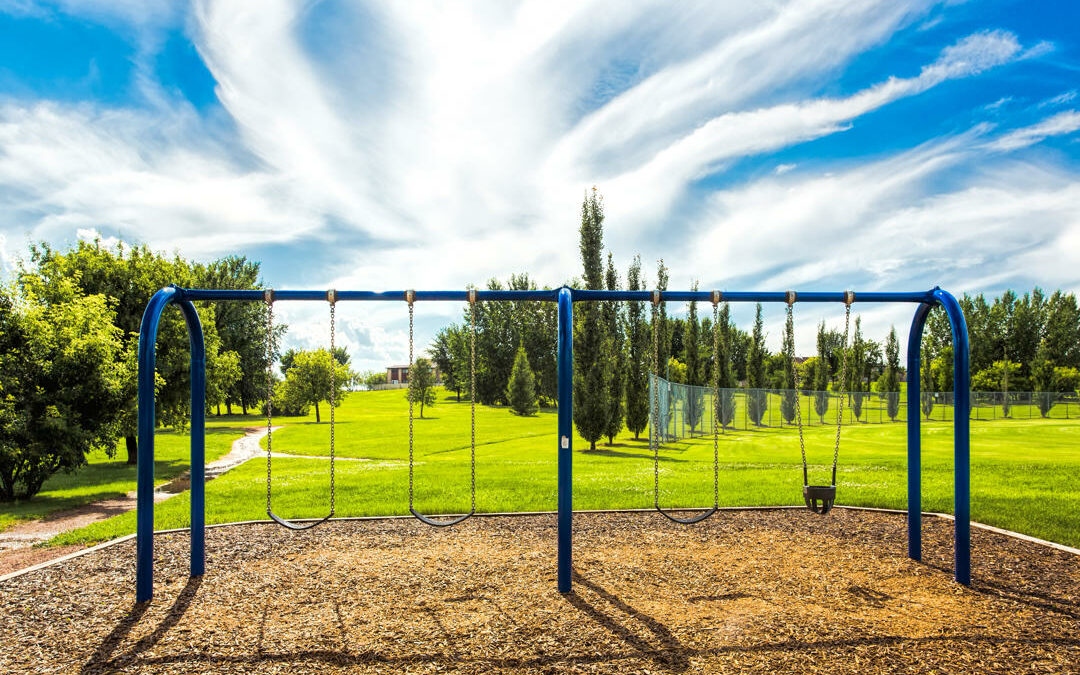Ensuring the safety of outdoor playsets is crucial for protecting children during playtime and maintaining a secure backyard environment. In Denver, where outdoor activities are a part of daily life, keeping playsets well-maintained and secure extends their lifespan and ensures that they remain a safe space for children. Here are essential tips for maintaining playset safety and knowing when to seek professional inspections.
Regular Maintenance Checks
Consistent maintenance is key to ensuring the safety of any playset. Regular checks allow you to identify and address potential hazards before they pose a risk to children.
Monthly Inspections: At a minimum, inspect your playset each month. Check for loose bolts and hardware, cracks in wood or plastic, rust on metal parts, and overall stability of the structure.
Wood Maintenance: For wooden playsets, look for signs of wood rot or splintering, which can cause injuries. Sealing wood annually can help protect it from weather-related damage.
Metal Maintenance: Check metal components for rust or deterioration. If you find rust, sand the affected area and apply rust-resistant paint to prevent further corrosion.
Plastic Maintenance: Ensure that plastic components are not cracking or fading significantly, as this can indicate the weakening of the material.
Create a Safe Play Environment
The area surrounding the playset should be designed to minimize the risk of injuries, especially from falls.
Proper Surfacing: Install shock-absorbing surface materials such as rubber mulch, engineered wood fiber, or sand around the playset. Ensure that these materials extend at least 6 feet from all playset edges.
Clear the Area: Keep the area around the playset free of obstacles or debris that could cause tripping. This includes regularly raking surfacing materials to prevent compaction and ensure they provide effective cushioning.
Sun and Shade: Consider the position of the playset to ensure it has adequate shade during hot days to prevent burns from hot equipment and provide a comfortable play environment.
Monitoring for Wear and Tear
Playsets withstand a lot of activity and can wear down over time. Regular monitoring helps catch issues early.
Check for Wear: Look for signs of wear on swing chains or ropes; replace them if they are frayed or show signs of weakness. Ensure that attachments and anchor points are secure.
Adjust as Needed: Make adjustments to the playset as children grow. What was suitable for a toddler may not be secure for an older child. This includes adjusting swing heights and ensuring the playset’s structure supports their increased weight and activity level.
Professional Inspections
While regular home inspections are essential, professional inspections can help address more complex issues and ensure compliance with safety standards.
Annual Professional Check: Have a professional inspect the playset annually. They can identify potential problems that may not be obvious to the untrained eye.
After Severe Weather: Denver’s weather can be harsh, and following significant weather events like heavy snow, strong winds, or hail, it’s wise to have the playset checked by a professional to ensure structural integrity and safety.
Knowing When to Upgrade or Replace
Recognize when it’s time to upgrade or replace parts of the playset or the entire structure.
Follow Manufacturer Guidelines: Adhere to the manufacturer’s guidelines for maintenance and replacement.
Consider Age and Usage: As playsets age or as children grow, they may require more significant repairs or total replacement to maintain safety standards.
Ensuring that your playset is secure is an ongoing commitment that requires regular attention and care. By adhering to these maintenance and safety tips, you can provide a fun and safe environment for children to play and enjoy the outdoors in Denver.


